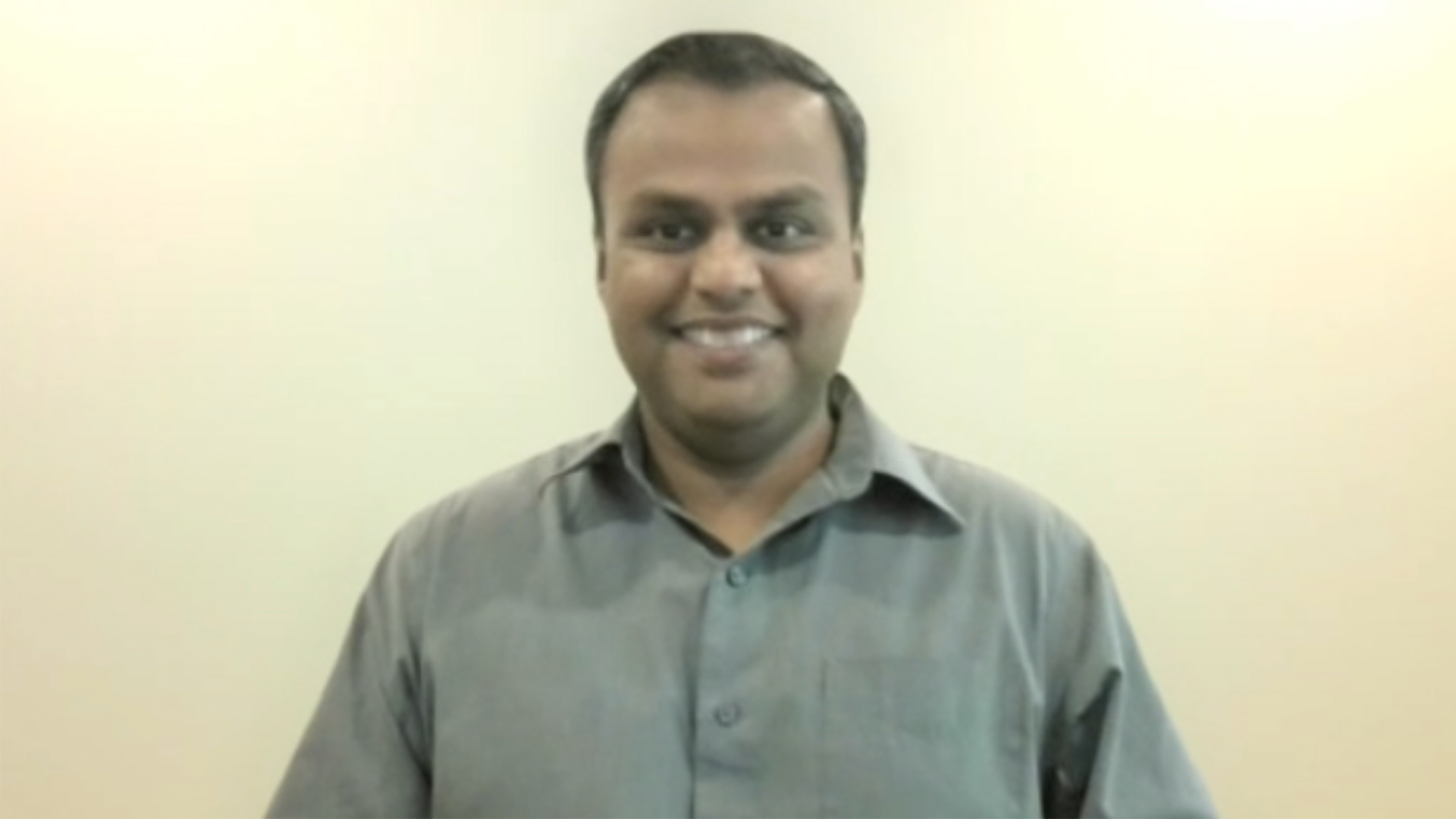 SECURITY
SECURITY
 SECURITY
SECURITY
 SECURITY
SECURITY
Global cybercrime damages are estimated to reach $6 trillion in 2022, marking another successful year for opportunistic hackers profiting from the breakdown of traditional castle-and-moat strategies. Organizations are facing the hard truths that cyberattacks are now an inevitability, and undetected breaches could be putting their assets, and reputations, at risk.
Cyber resilience – the ability to resist and recover from cybercrime with the least possible damage – is the most effective strategy for the modern threat landscape. A key component of building a cyber resilient organization is a zero-trust enterprise cybersecurity architecture that not only attempts to prevent attackers entering an organization’s systems, but actively restricts internal lateral movement.
During the recent “A Blueprint for Trusted Infrastructure: Episode 2” event, theCUBE, SiliconANGLE Media’s livestreaming studio, and Dell Technologies Inc. explored the actions that organizations can take to be more resilient while maintaining organizational agility. The event followed Episode 1 in September.
During the “A Blueprint for Trusted Infrastructure: Episode 2,” Dell experts Deepak Rangaraj (pictured), PowerEdge Security product manager; Mahesh Nagarathnam, networking product management consultant; and Jerome West, product management security lead for HCI, spoke with theCUBE industry analyst Dave Vellante about Dell Trusted Infrastructure and the critical role that trusted infrastructure plays in building zero-trust cybersecurity strategies for the cyber-resilient enterprise. (* Disclosure below.)
In case you missed “A Blueprint for Trusted Infrastructure: Episode 2,” here are three insights from the event:
Episode 1 of the “A Blueprint for Trusted Infrastructure” event taught us that storage has a critical part to play in building enterprise cyber resiliency and that Dell is embedding CyberSense machine learning analysis into its PowerProtect appliances. In Episode 2, Rangaraj showed how the same is true for Dell’s server portfolio.
“Nothing is trusted implicitly. You’re constantly verifying every single user, every single device and every single access in your system at every single level of your IT environment,” he said, explaining how the PowerEdge servers, like all Dell Trusted Infrastructure components, adhere to zero-trust security standards and have a long list of features that enable resistance and resilience in the face of a cyberattack.
Automated detection and remediation capabilities are an important part of the security equation, enabling machine speed response times. And an immutable key programmed into the silicon during manufacture forms the anchor for a chain of trust that is used to verify everything in the platform.
“If you look at the Dell feature set, it’s pretty comprehensive,” Rangaraj stated. “In a nutshell, Dell PowerEdge server’s cyber-resilient infrastructure helps accelerate zero-trust adoption for customers.
Here’s the complete video interview with Deepak Rangaraj:
Securing hyperconverged infrastructure is very different than securing a singular class of information technology, such as servers, storage or even networking components. This is because HCI represents the entire data center in virtualized form.
Faced with this challenge, the Dell HCI team turned to its trusted partners to work on collaborative solutions that would ensure every component of its portfolio was secure from design and manufacture through to customer delivery and production use.
“We have excellent partners like VMware, Microsoft and internal partners, like the Dell PowerEdge team, the Dell Storage team, the Dell Networking team, and on and on,” according to West.
Short-term solutions, such as implementing patches in the shortest amount of time, and longer-term projects, such as creating and maintaining accurate software bill of materials documentation, all benefit from cooperation and communication. This collaboration makes it possible to integrate security features into Dell’s HCI portfolio and across the company’s storage, servers, networking, data protection and CloudIQ offerings. And trite as the saying may be, in this case TEAM really does stand for “together everyone achieves more.”
“The strength or the secret sauce is to combine all the solutions that our partners develop while integrating them with our own [security] layer,” West stated.
Here’s the complete video interview with Jerome West:
Traditional security practices were already breaking down before the COVID pandemic tore down the perimeter firewall and expanded the attack surface into hastily constructed home offices across the world. Today’s security landscape is an ever-changing, boundary-less space where throwing a perimeter fence around a physical data center offers as much security as using Qwerty123 as a password and putting it on a sticky note by your desk.
“We believe that in this data era, security transformation must accompany digital transformation,” Nagarathnam told theCUBE.
Securing the network in a world where “data is created and accessed everywhere” requires the ability to protect from and withstand attacks on networking systems and revolves around the core security capability of the devices that form the network. These are access control, software integrity and vulnerability response, according to Nagarathnam.
The Dell Trusted Infrastructure does this by building cyber resiliency through a zero-trust security framework, he explained.
“From a Dell networking security perspective, there are multiple layers of defense both at the edge and in the network, in the hardware and in the software, and a set of rules and a configuration that’s designed to protect the integrity, confidentiality and accessibility of the network assets,” Nagarathnam concluded.
Here’s the complete video interview with Mahesh Nagarathnam:
And you can watch the entire “A Blueprint for Trusted Infrastructure: Episode 2” event below, and visit the exclusive event website to watch both Episode 1 and Episode 2 on demand.
(* Disclosure: TheCUBE is a paid media partner for the “A Blueprint for Trusted Infrastructure: Episode 2” event. Neither Dell Technologies Inc., the sponsor of theCUBE’s event coverage, nor other sponsors have editorial control over content on theCUBE or SiliconANGLE.)
THANK YOU